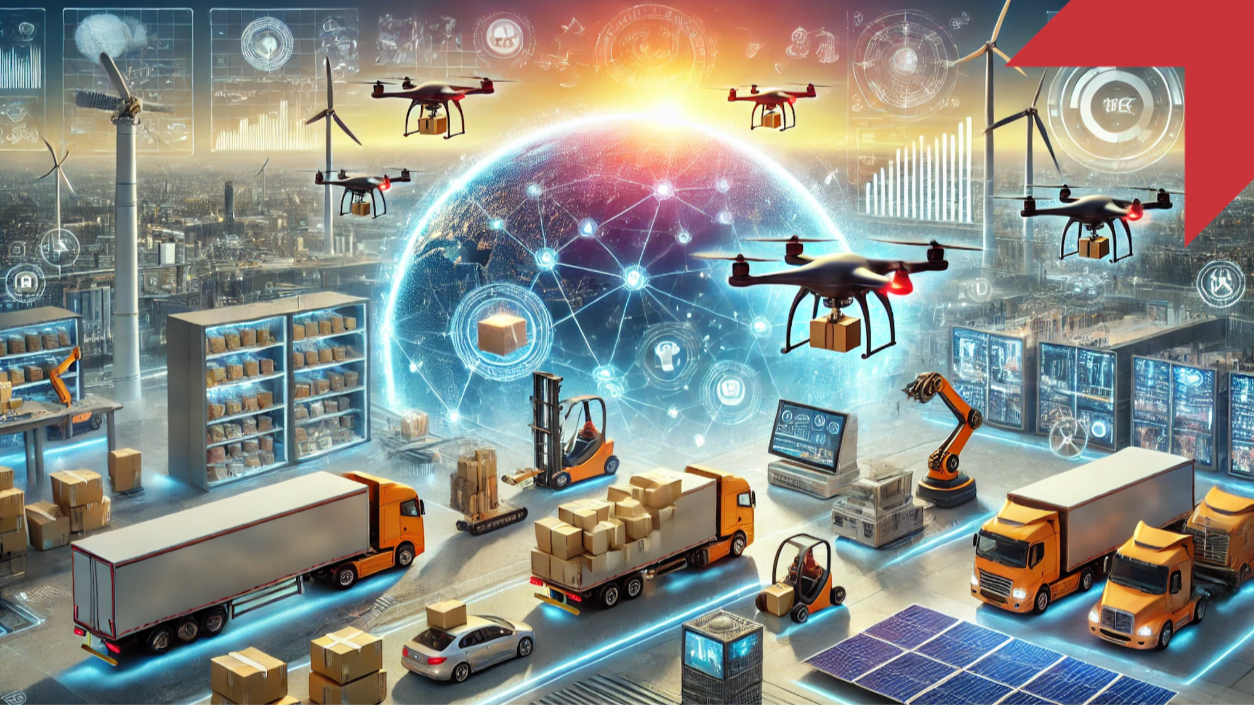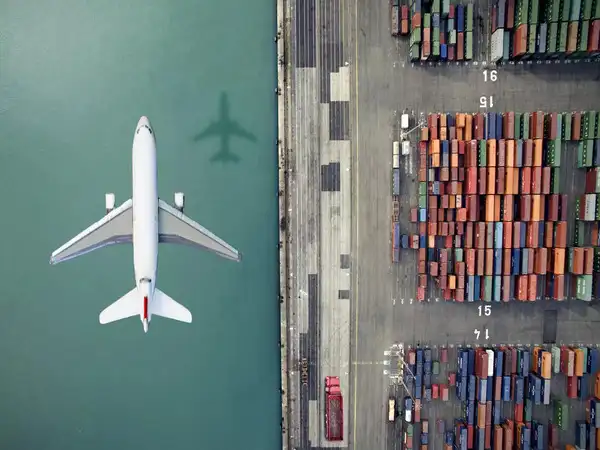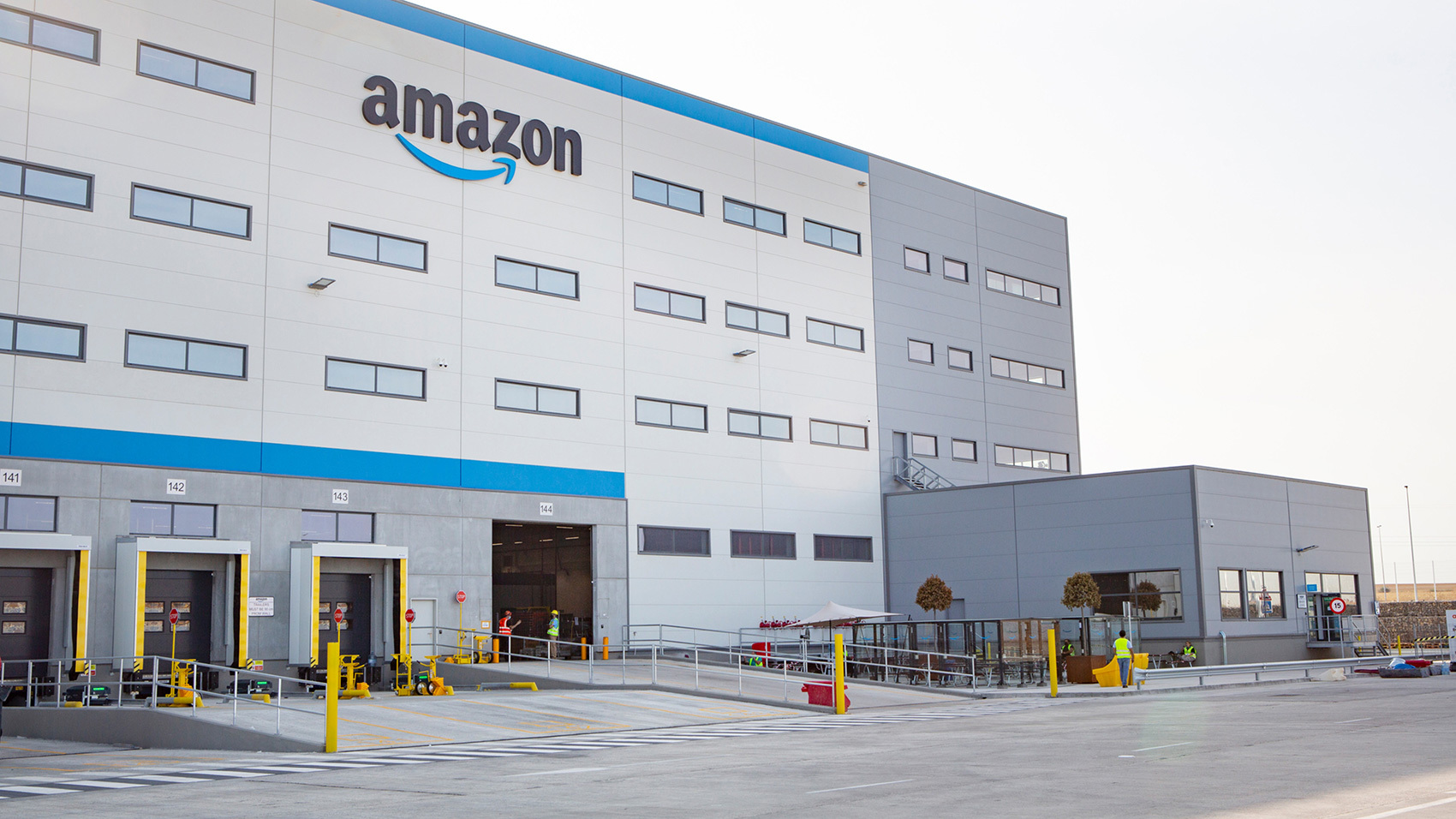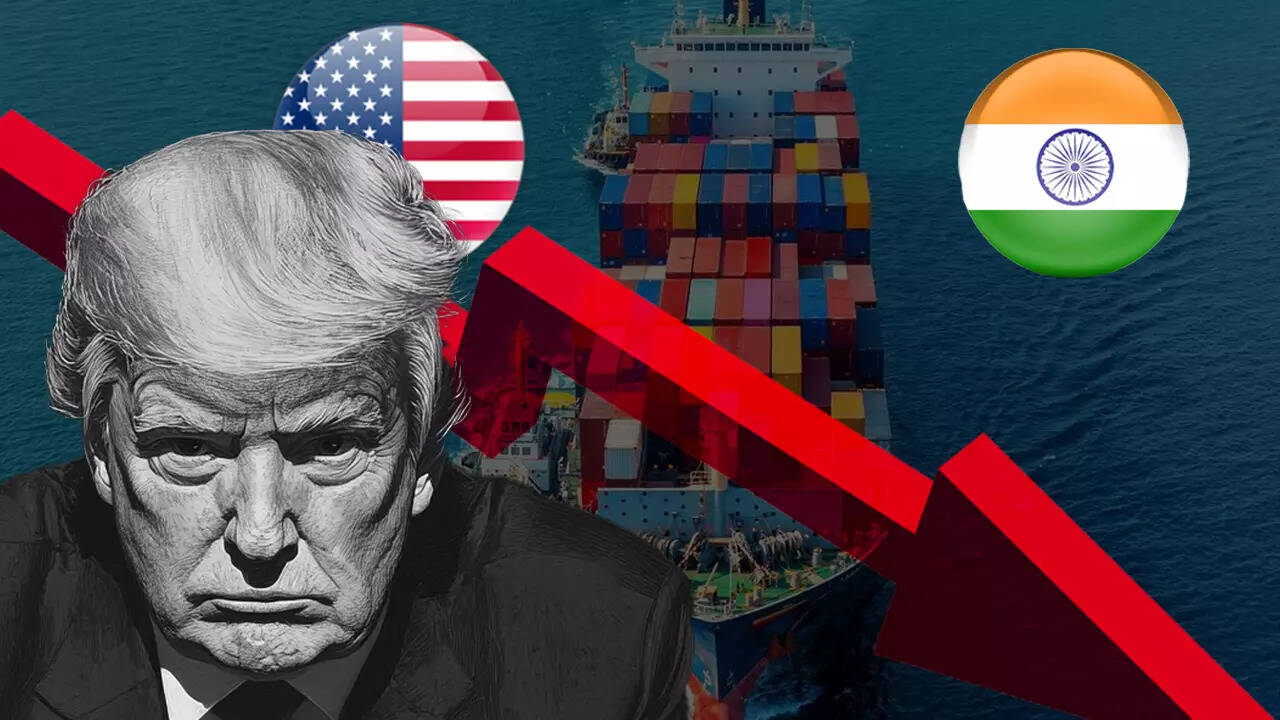revolutionize supply chain operations. Industry 4.0 solutions such as AI, machine learning, IoT, and blockchain are enabling real-time data visibility, predictive analytics, and process automation. Companies investing in digital twins and smart supply chain platforms are gaining a competitive edge by optimizing inventory, reducing lead times, and improving customer satisfaction.
2. AI-Driven Supply Chain Optimization
Artificial intelligence is becoming a game-changer in supply chain management. AI-driven demand forecasting, route optimization, and warehouse automation are enhancing efficiency and reducing costs. Companies are leveraging AI-powered chatbots for real-time supplier communication and AI-driven risk management tools to mitigate potential disruptions.
3. Sustainability & Green Supply Chains
With growing pressure from regulators and consumers, sustainability is no longer optional. Companies are focusing on reducing carbon footprints, adopting circular economy models, and using eco-friendly materials. Sustainable procurement practices, renewable energy-powered logistics, and responsible sourcing are critical elements shaping future supply chains.
4. The Rise of Resilient & Agile Supply Chains
The COVID-19 pandemic exposed vulnerabilities in global supply chains. Businesses are now prioritizing resilience by diversifying suppliers, nearshoring operations, and enhancing risk management strategies. Agile supply chain models ensure quick adaptability to demand fluctuations and disruptions.
5. Hyper-Personalization & Customer-Centric Supply Chains
Consumers demand faster, more personalized deliveries, prompting companies to rethink their supply chain strategies. E-commerce growth has accelerated the need for last-mile delivery innovations, micro-fulfillment centers, and AI-powered demand prediction models to enhance the customer experience.
6. Blockchain for Transparency & Traceability
Blockchain technology is improving transparency, security, and efficiency in supply chains. It helps verify product authenticity, reduce fraud, and streamline transactions between suppliers and buyers. Industries such as pharmaceuticals, food, and luxury goods are increasingly adopting blockchain for end-to-end traceability.
7. Automation & Robotics in Warehousing & Logistics
The adoption of autonomous mobile robots (AMRs), drones, and automated guided vehicles (AGVs) is optimizing warehousing and logistics operations. Robotics-powered warehouses improve efficiency, minimize human errors, and enhance scalability for businesses.
8. Smart Procurement & Digital Marketplaces
Digital procurement platforms are reshaping how organizations manage supplier relationships and sourcing. AI-driven procurement systems enable cost savings, risk mitigation, and better compliance, fostering transparency in supplier negotiations.
9. Global Trade & Geopolitical Challenges
Trade restrictions, tariffs, and geopolitical tensions continue to impact supply chains. Companies are reevaluating global sourcing strategies, diversifying supplier bases, and leveraging trade agreements to navigate uncertainties.
10. The Evolution of 3PL & 4PL Providers
Third-party logistics (3PL) and fourth-party logistics (4PL) providers are evolving to offer integrated, technology-driven solutions. Companies are increasingly outsourcing logistics operations to specialized service providers for greater efficiency and scalability.
Conclusion
The future of supply chains is dynamic and technology-driven. Businesses must proactively adopt digital transformation, sustainability, and resilience strategies to navigate evolving challenges and capitalize on emerging opportunities. By embracing innovation and agility, companies can build supply chains that are future-ready, efficient, and customer-centric.
.png)
.png)







